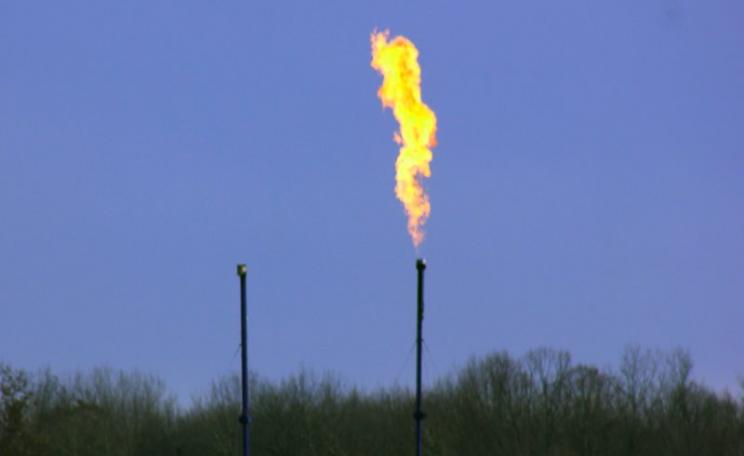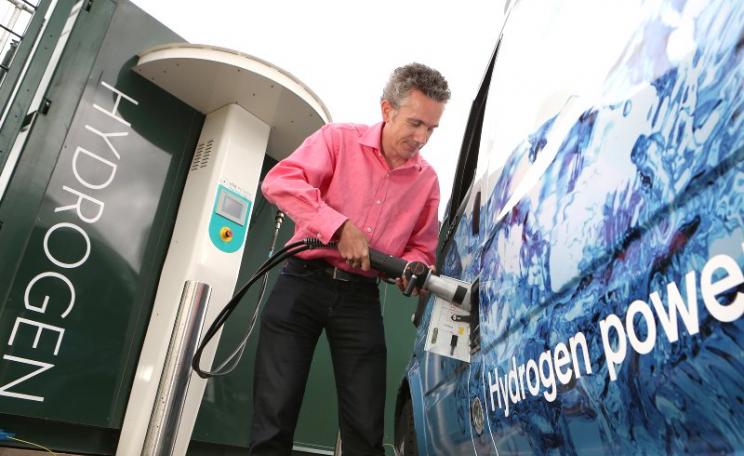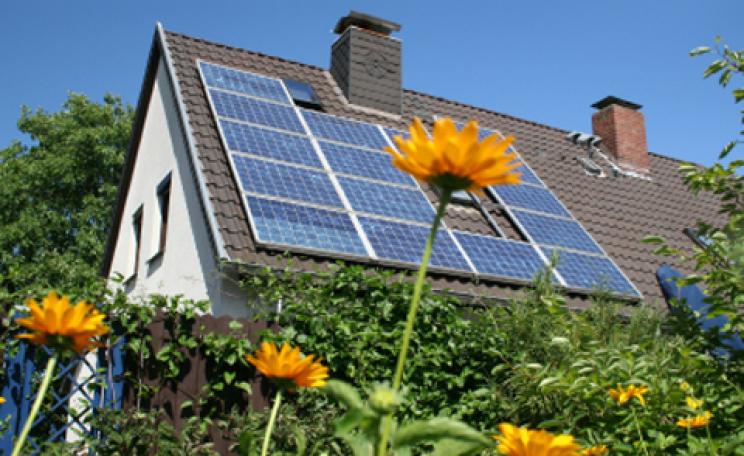Rising steel prices have pushed up the cost of new wind turbines although overall manufacturing costs are expected to fall in the long term
Most would agree that clean, renewable energy is a good thing. A much tougher question is, how much are we prepared to pay for it?
The cost of building offshore wind farms has doubled in the last five years, according to a new report by the UK Energy Research Centre published this week. Offshore wind farms now cost around £3m per megawatt hour to build, while the electricity itself costs around £150 per megawatt hour to generate once the building work is finished.
This makes it vastly more expensive than any other existing energy source. Electricity generated using onshore wind costs just £94 per megawatt hour, while nuclear would cost £99 per megawatt hour, according to figures published in June by the Department of Energy and Climate Change.
New coal and gas power generation will cost an estimated £105-£115 per megawatt hour, with carbon capture and storage attached. By contrast, the department calculated that electricity from new offshore wind farms will cost between £157 and £186 per megawatt hour, even more than the figure provided by the UK Energy Research Centre.
There is now strong pressure on the offshore wind industry to reduce its costs. Or, as Robert Gross, lead author of the centre's report puts it, 'The public's willingness to put up with the high cost of renewables depends upon seeing them get cheaper.'
These costs are critical because the government wants 30 per cent of our electricity to come from wind by 2020. This would enable the UK to meet its European Union target of generating 15 per cent of all its energy needs from renewables by 2020. Most of this renewable power is expected to come from a huge expansion of offshore wind farms, partly because of the public's hostility to onshore wind farms and partly because other renewable energy sources such as biomass or wave and tidal power are still in their infancy.
The centre estimates that the UK will need 15 to 20 gigawatts of offshore wind by 2020 to reach its EU target, although currently it has just 1.3 gigawatt hours of offshore, plus 3.7 gigawatts of onshore.
Higher household bills
Offshore wind is heavily subsidised, with two ROCs, or Renewable Obligation Certificates, awarded for every megawatt hour of electricity generated. Each ROC is worth £45-£50 (see www.e-roc.co.uk/trackrecord.htm), which amounts to £90-£100 in subsidies for every megawatt hour. The subsidy was actually increased 18 months ago from 1.5 to 2 ROCs per MWhr in order to help the industry and is guaranteed until 2014.
The Department of Energy and Climate Change has previously estimated that investment in renewables will add around 20 per cent to consumers' energy bills by 2025. There are no guarantees of course. Dr Gross, who is a lecturer in energy policy at London's Imperial College, points out that all parts of the energy industry 'have a history' of under-estimating costs. For example, consumer gas bills rose 60-70 per cent between 2002 and 2006 because of unexpected increases in the cost of gas. Offshore wind fared no better: in the early 2000s, the offshore wind industry was confident that costs would fall rapidly. Instead, they doubled.
The good news is that the centre is now cautiously optimistic that it will become cheaper to generate electricity from offshore wind farms in future, although the fall is likely to be gradual. Its 'best guess' is that there will be a 20 per cent reduction to £115 per megawatt hour by 2025, with further falls likely thereafter.
No domestic supply of turbines
The main cause of the recent rise has been sharp increases in the cost of materials and labour. Turbines account for up to half the capital cost of a wind farm and steel prices have risen considerably. The centre's report also notes that the industry has invested heavily in making its turbines more reliable, which increases short-term expenditure even as it reduces long-term operating costs.
Dr Gross says only 80 per cent of turbines were working at any one time on the earliest wind farms, while the best Danish farms have gone on to achieve availability rates of more than 97 per cent. Currency movements, and in particular the weakness of the pound, have also been blamed.
Around 80 per cent of the materials for offshore wind farms are imported from the Euro zone and the pound's 30 per cent slide against the Euro hasn't helped, says Dr Gross. In addition, there has been little competition between manufacturers, with just two supplying the UK offshore market, Siemens and Vestas. Several more are now entering the market.
The centre believes the subsidy system needs a radical overhaul in order to bring costs down more quickly. Dr Gross says the payments currently go entirely to the generating company once the farm is built. Instead, he suggests some of it should be targeted at companies in the supply chain, encouraging them to innovate and bring down costs. The centre also believes the government needs to use the subsidy to build a home-grown offshore wind industry, by investing in port facilities for example, as currently, 80 per cent of the materials are imported.
'A very large amount of electricity consumers' cash is paid through the ROCs. We would encourage policy makers to examine ways of targeting this at UK innovation and a UK supply chain,' says Dr Gross.
Although the cost of offshore wind is forecast to come down, the bad news is that the UK looks unlikely to reach its target of 30 per cent renewable electricity by 2020. To meet it, the UK would have to multiply its existing offshore wind capacity more than 11 times to reach the 15-20 gigawatts needed, according to the centre's estimates. Dr Gross says this is technically possible, but concedes that raising the necessary cash would be 'A very big challenge, a very big ask.'
Nuclear no cheap alternative
On paper, to build 15 gigawatts of offshore wind at current costs of £3m per megawatt would cost £45bn (1,000 megawatts to 1 gigawatts). That is far more money than power companies have on their balance sheets and would require 'novel forms of financing' to raise. On the other hand, Gross argues that the alternatives don't look much better. Nuclear power, seen by some as a proven, carbon-free energy solution, could prove hideously expensive because no new nuclear power stations have been built in this country since Sizewell B was completed in 1995.
New technologies and new regulations could easily force the costs of new nuclear way over current estimates, Dr Gross believes. 'We would be deluding ourselves if we thought that wind power is very difficult, while nuclear is easy,' he says. Meanwhile, emerging renewable technologies such as using gasification to extract energy from biomass, or wave and tidal power, are 'still completely unproven'.
Despite the gloom, Dr Gross offers some reassurance. He argues that offshore wind is still in its very early stages, with the equivalent of just one small, power station built so far. Many energy technologies have been through similar learning curves, particularly gas and nuclear power stations. 'Don't panic,' he concludes. 'It's no surprise there are teething problems.'
| READ MORE... | |
 |
NEWS ANALYSIS Zero carbon Britain: how to get there in 10 steps A blueprint for how Britain could reduce its greenhouse gas emissions to zero over the next 20 years by a combination of electrification, insulation and a massive scaling up of offshore wind |
 |
NEWS 'Privileged' opposition holding back wind farm development Onshore wind sites being ignored because of threat of local resistance as analysis points to unfulfilled potential of community-driven projects |
 |
COMMENT The Government has found a backhanded way to subsidise nuclear power 21st century nuclear power needs a 21st century subsidy... no blank cheques this time - just an apparently green tweak to the emissions trading system, and voila! |
 |
NEWS UK likely to miss legal 2020 renewable energy target Energy secretary Chris Huhne focuses on 2050 targets in first major policy statement but admits the UK faces 'short-term challenges' to meet targets for renewable energy |
 |
NEWS ANALYSIS New offshore wind farms could power every UK home The findings of a strategic environmental assessment open the way for an increase in the number of offshore wind farms, which could produce enough energy to power every household in the UK |








